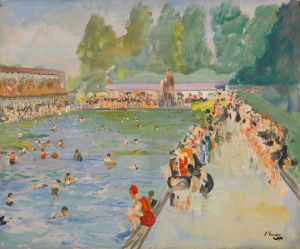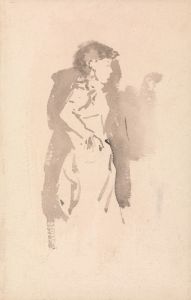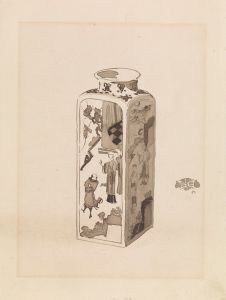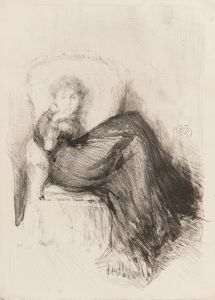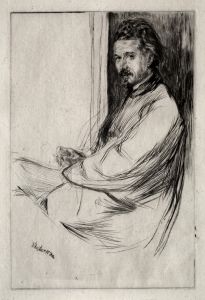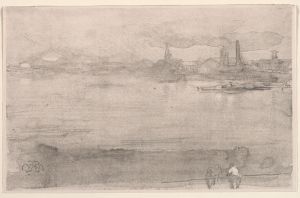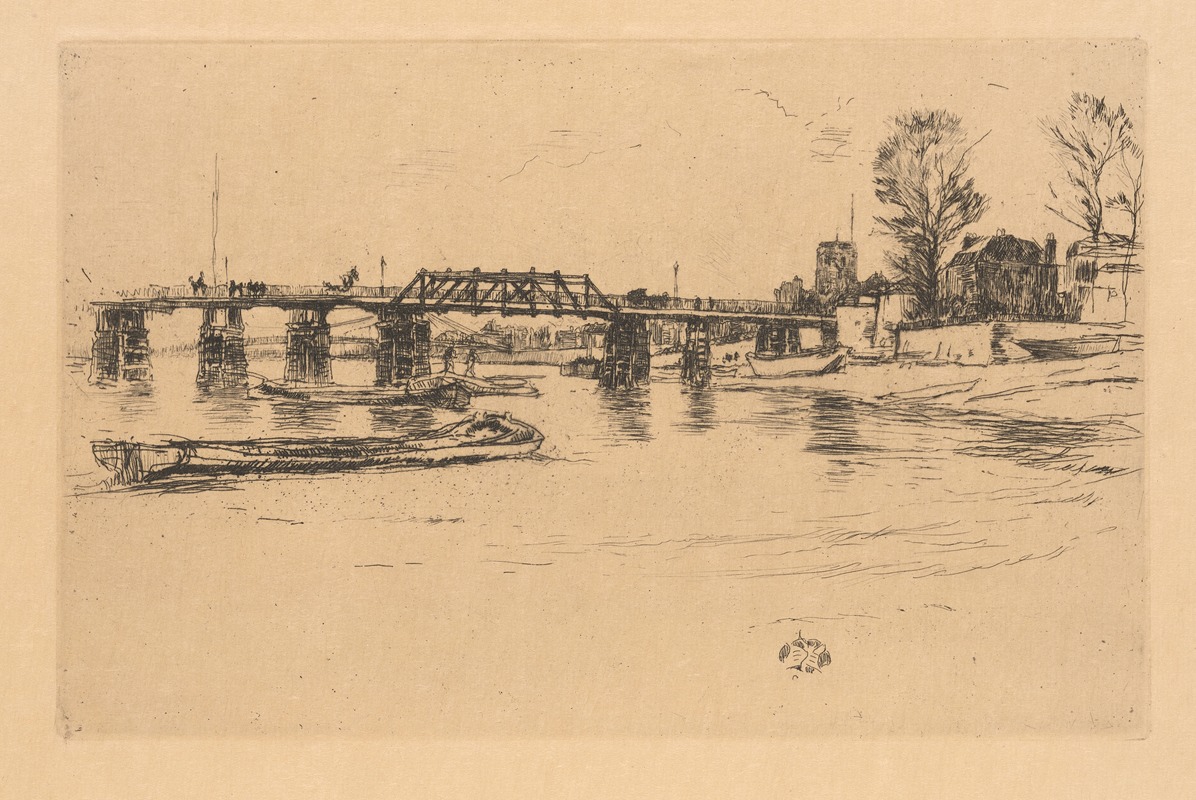
Fulham
A hand-painted replica of James Abbott McNeill Whistler’s masterpiece Fulham, meticulously crafted by professional artists to capture the true essence of the original. Each piece is created with museum-quality canvas and rare mineral pigments, carefully painted by experienced artists with delicate brushstrokes and rich, layered colors to perfectly recreate the texture of the original artwork. Unlike machine-printed reproductions, this hand-painted version brings the painting to life, infused with the artist’s emotions and skill in every stroke. Whether for personal collection or home decoration, it instantly elevates the artistic atmosphere of any space.
James Abbott McNeill Whistler's painting Fulham is a work that reflects the artist's distinctive style and his interest in capturing atmospheric effects and the interplay of light and color. Whistler, an American-born artist who spent much of his career in Europe, is renowned for his contributions to the Aesthetic Movement and his emphasis on "art for art's sake." While specific details about the painting Fulham are limited, it is consistent with Whistler's broader body of work, which often focused on landscapes, cityscapes, and river scenes.
Whistler frequently drew inspiration from the Thames River and its surroundings, and Fulham, a district in West London located along the river, was a subject that aligned with his artistic interests. His works often depicted the subtle tonal variations of the natural environment, emphasizing mood and harmony over detailed representation. Whistler's approach to painting was heavily influenced by Japanese art, particularly its use of composition and minimalism, which can be seen in many of his works.
The painting Fulham likely belongs to Whistler's series of works that explore the Thames and its environs, similar to his famous Nocturnes. These pieces are characterized by their subdued palettes, delicate brushwork, and an almost dreamlike quality. Whistler's focus was not on creating a literal depiction of the scene but rather on evoking an emotional response through the interplay of light, shadow, and color.
As with many of Whistler's works, Fulham may have been created using his innovative technique of thinly applied paint, which allowed for a soft, almost ethereal effect. This method was part of his broader artistic philosophy, which sought to elevate painting to the level of music or poetry, emphasizing beauty and emotional resonance over narrative content.
While there is limited specific information available about Fulham, it is clear that the painting fits within Whistler's broader artistic legacy. His works continue to be celebrated for their innovative approach to composition and their ability to capture the fleeting beauty of the natural world. Whistler's influence on the art world remains significant, and his paintings are held in high regard by museums and collectors worldwide.







